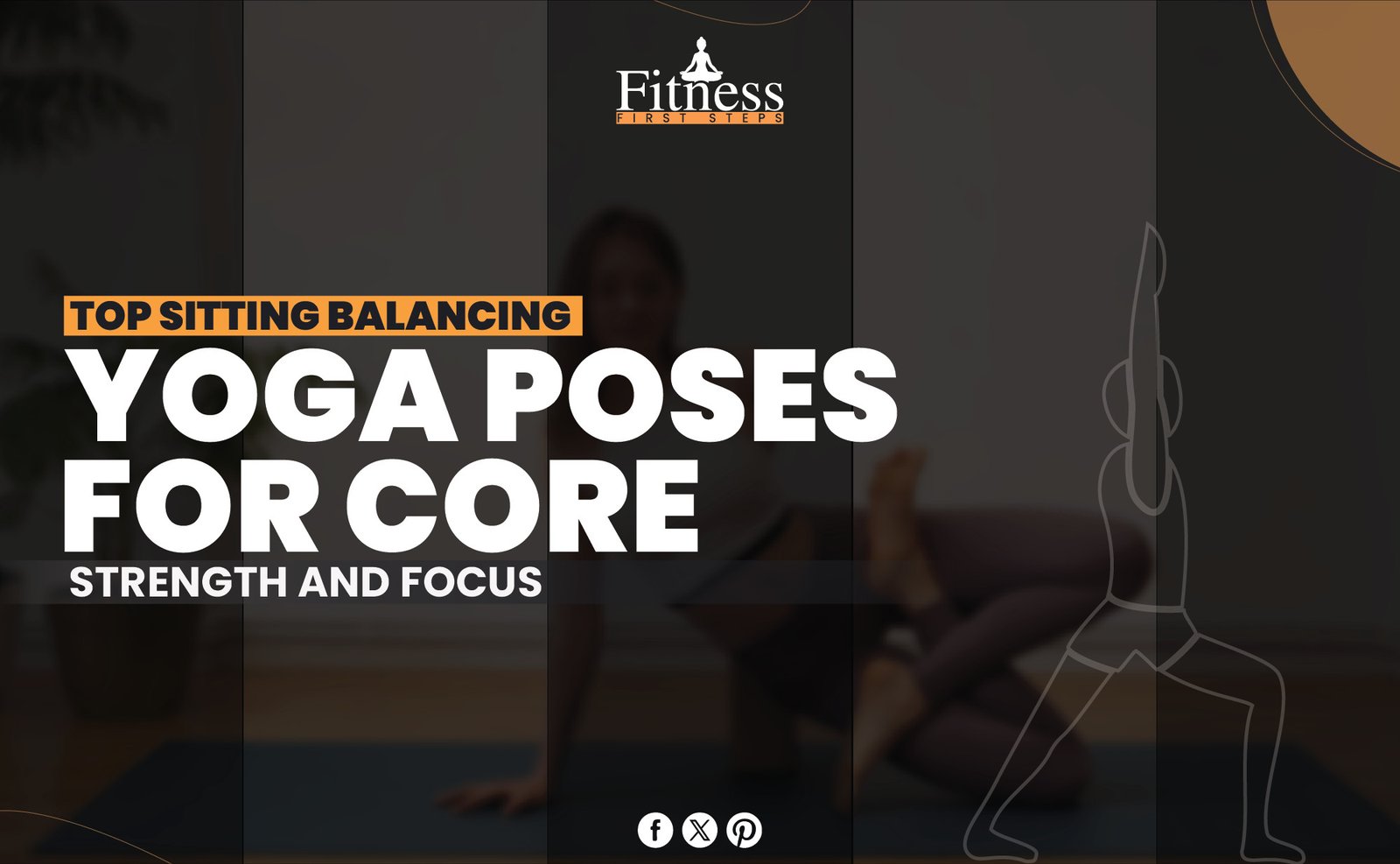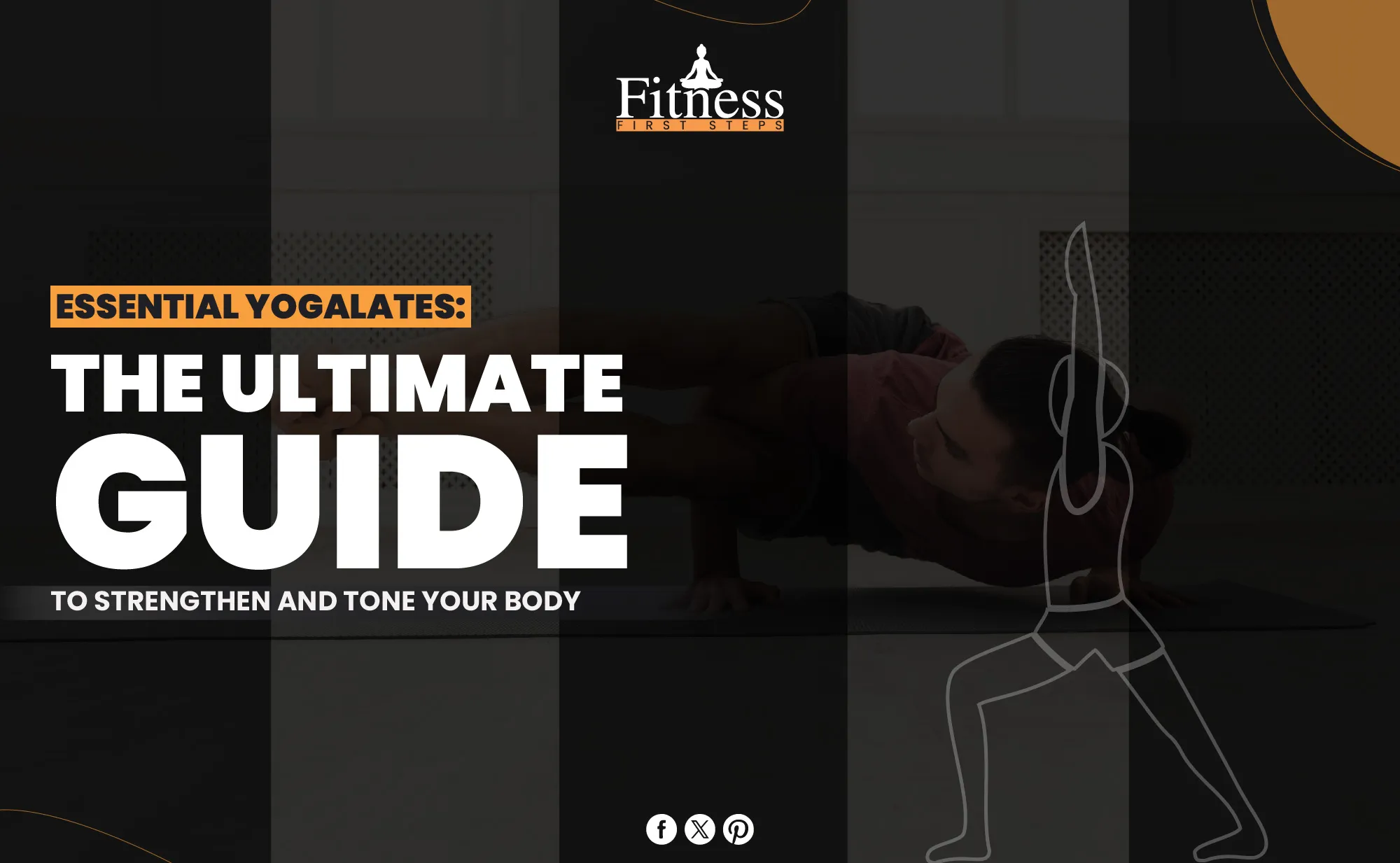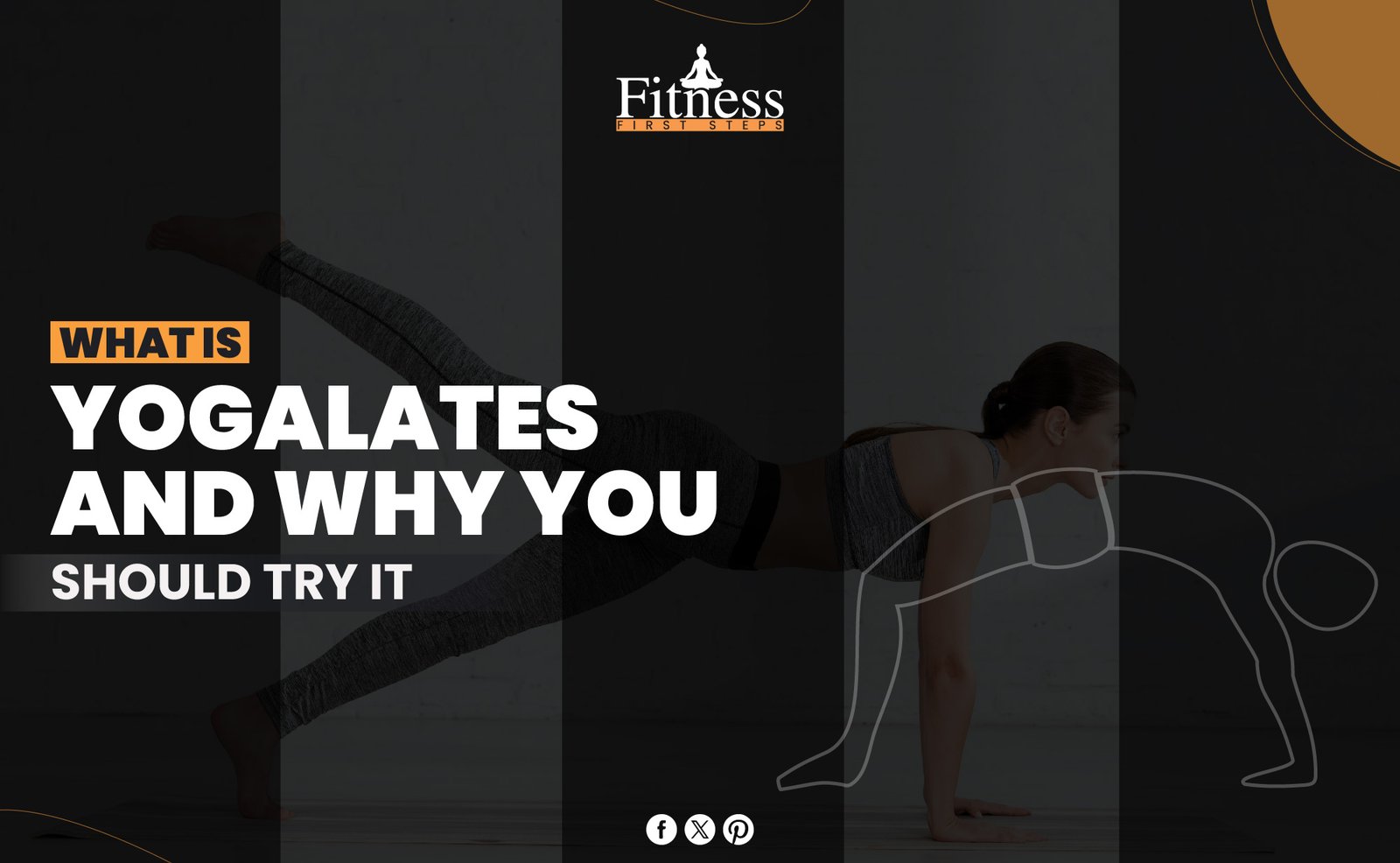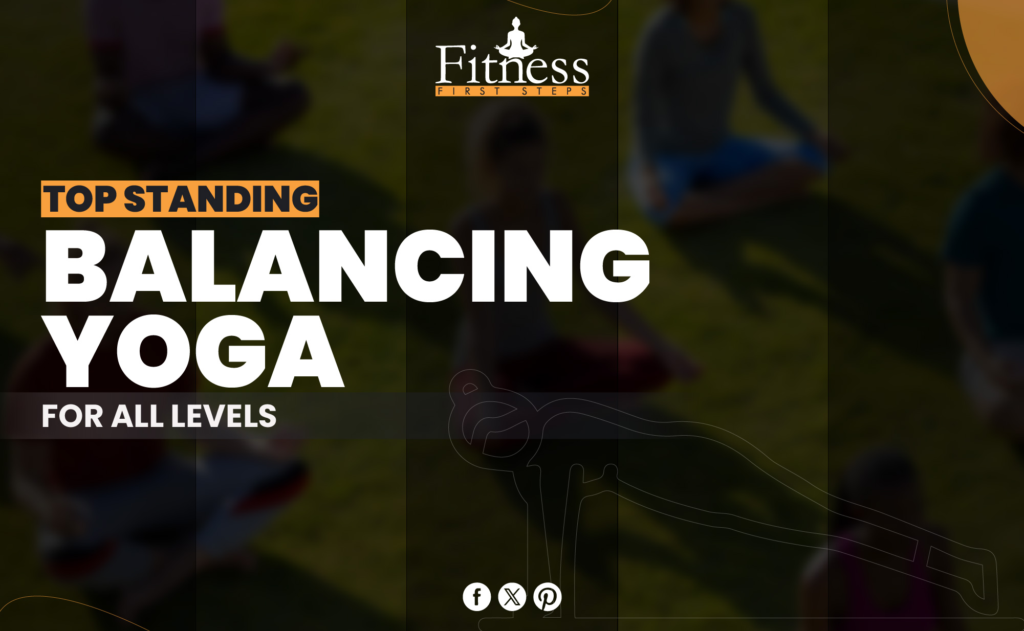Introduction
Savasana, or “Corpse Pose,” may appear as yoga’s easiest pose. To do it, lie on your back with your eyes closed, arms and legs spread, and legs and arms relaxed. But this stance isn’t simply for relaxation. The final yoga pose is Savasana. When the physical hardships of the practice mix with the calm of the mind, one can connect intimately with oneself. Yoga practitioners often have deep thoughts and changes in this motionless stance. Savasana is powerful because it gently soothes the body, mind, and spirit.
Yoga is an old exercise that helps the body, mind, and spirit work together in balance. It includes many poses, breathing exercises, and meditation methods to improve health, mental clarity, and spiritual growth. Asanas work on different body parts to make them more flexible, strong, and balanced. Yoga is loved for more than just its physical benefits. It is thought to lower stress, improve focus, and promote peace and well-being. Savasana, also known as “Corpse Pose,” is the most important and meaningful among these poses.
I would like you to go through our blog on Firefly Pose kindly.
Significance of Corpse Pose in Yoga Practice
Savasana, or Corpse Pose, is one of the most essential yoga poses since it combines the advantages of the previous poses. Despite its simplicity, Savasana has several benefits. It is not just a break but a profound meditation stance that invigorates you. Practitioners lie quietly and focus on their thoughts to release stress and submit to the present. Savasana symbolizes letting go of the ego and rebirth into calm and awareness. This stance is the foundation of yoga, helping you connect with the world and gain understanding.
History and Origins of Corpse Pose
Origins of Corpse Pose in Ancient Yoga Philosophy
In the early days of yoga, Corpse Pose was thought of as a way to completely give up control and become one with cosmic awareness. Some old books, like the “Yoga Sutras of Patanjali,” talk about ways to reach a state of deep sleep and meditation, similar to what Savasana is trying to do. People thought it could help them go beyond their physical state and let go of their ties and wants in this world. It was seen as a way to die to materialism and be born again into spiritual clarity. In yoga, this pose was an important part of the spiritual quest for Moksha, which means “ultimate freedom.”
Evolution of Corpse Pose in Modern Yoga Practices
Over many years, as yoga spread from India’s remote ashrams to the rest of the world, Savasana changed while keeping its main idea. It is often the last pose in a modern yoga routine, meant to bring together the lesson’s physical, mental, and spiritual benefits. These days, people value it for its spiritual meaning and its deep psychological and physical benefits. Modern yogis use Savasana to lower stress, clear their minds, and improve their general health. The development of Corpse Pose shows how yoga can be modified to meet modern needs while remaining true to its old teachings.
Understanding the Corpse Pose (Savasana)
Detailed Description of the Corpse Pose (Savasana) Posture
Corpse exercise, or asana, goes beyond resting on the ground. It is a deliberate relaxation and awareness activity. Lay on your back with your legs slightly apart. Your arms should be at your sides, hands facing up. Closed eyes and calm breath are natural. Request that gravity pull your entire body down. The mouth opens, the forehead smooths, and the shoulders descend from the ears. The back straightens automatically as the body relaxes. Peace grows with each breath. The mind travels inward into quiet and release by focusing on breath and body feelings.
Importance of Proper Alignment and Relaxation Techniques
How you stand in Savasana is very important for letting go of stress and getting all the other benefits of the pose. When you’re in the right position, your body is supported properly, making sleeping easier. The spine, neck, and arms are gently placed in this position so that no pressure or pain could get in the way of relaxing. Rest methods, such as deep breathing, mindfulness, or gradual muscle rest, can improve Savasana’s experience. These methods can help calm the mind, ease stress in the body, and strengthen the rest state. By paying attention to their posture and using relaxation methods, Savasana practitioners can fully enjoy the peace and rest that it offers.
Benefits of Practicing Corpse Pose
Physical benefits
- Muscle relaxation and tension release – Every muscle in the body can relax completely in Savasana, letting go of worry and strain that has built up. There is less ongoing pain and better general physical health because of this.
- Improved circulation and blood flow – Corpse Pose helps the body’s circulation by making it easier to relax. This makes it easier for blood to move to all body parts. This helps the body’s processes heal and get stronger.
Mental benefits
- Stress reduction and anxiety management – The practice of Savasana calms the brain and the nervous system, which lowers stress and makes it easier to deal with worry. The way you relax can have long-lasting effects on your mental health.
- Enhanced focus and mental clarity – Corpse Pose helps you feel clear and calm because it makes you focus on yourself and stay still. Focus, memory, and attention can all be improved by doing this, making it easier to deal with everyday problems and tasks.
Techniques for Deep Relaxation
Breathing exercises for relaxation
- Diaphragmatic breathing – This method is all about focusing on deep, even breaths from the diaphragm instead of short breaths from the chest. Lay down in Savasana and put one hand on your chest and the other on your stomach. As you slowly breathe in through your nose, feel your stomach rise while your chest stays mostly still. Slowly breathe through your nose or mouth, and feel your stomach drop. This method helps the body get enough air, slows the heart rate, and calms you.
- Alternate nostril breathing (Nadi Shodhana) – People know that this exercise can help keep the body balanced and the mind calm. Use the right thumb to gently close the right nose while sitting comfortably with your back straight. Take a slow breath through your left nose, and then use your ring finger to close it. Slowly breathe out through your right nose. Close your right nose, breathe in through it, then open your left nostril and breathe out. The cycle is now over. Please focus on the breath as you do this for a few rounds to help calm your mind and prepare it for deep sleep.
Progressive muscle relaxation techniques
Progressive muscle relaxation, or PMR, is a technique that involves tensing and then releasing different groups of muscles in the body one after the other. First, find a comfortable pose in Savasana. Then, breathe deeply and rest for a moment. Start with the feet and work your way up. Hold each muscle group tight for 5 to 10 seconds, then let go of the strain while breathing. Take note of the difference between stress and ease. Moving from the feet to the legs, thighs, knees, hands, arms, shoulders, neck, and face eases mental and physical stress and puts you in a deeper state of rest.
Tips for Enhancing Your Corpse Pose Experience
Creating a tranquil environment
- Dimming lights and playing soothing music – Reduce the brightness of the lights or use soft, atmospheric lighting to create a calm environment. Listening to soft music or sounds of nature can be even more relaxing. This can help your mind relax and forget about the stress of everyday life.
- Using aromatherapy for relaxation – Aromatherapy can strengthen Savasana’s calming effects. One way to prepare for practice is to spread lavender, chamomile, or sandalwood essential oils in the room or put them on your temples or wrists. These smells work by calming the nervous system, which makes it easier to meditate and rest.
Incorporating visualization techniques
In corpse pose, visualization is a strong way to calm down deeply. Picture a calm scene or a spot that makes you feel fully at ease. It could be a room, a beach, or a forest. Take a moment to notice the sounds, smells, colors, and how calm and happy you feel in this scene. This mental picture takes the mind off of things that stress you out daily, leading to a deep feeling of rest and peace.
Modifications and Variations
Chair Savasana for individuals with limited mobility
Chair Savasana is a good option for people who find lying on the floor uncomfortable or impossible to do because they can’t move around easily. When you’re ready to practice, sit in a chair so that your back is supported and your feet are flat on the ground. Close your eyes and concentrate on slow, deep breathing to relax the body and mind. This sitting version of Corpse Pose stays true to the original and helps you relax mentally and physically.
Blanket support variations for added comfort
Adding covers to Savasana can make it much more comfortable for people with different needs and tastes. Here are a few changes:
- Under the knees – Putting a folded or rolled blanket under the knees can ease tightness in the lower back and let the spine rest easily on the ground.
- Under the head – A small, folded blanket placed under the head can help support the neck and keep the back straight.
- Over the body – A light blanket draped over the body keeps you warm, makes you feel safe, and helps you relax even more.
By making these changes and adjustments to your Savasana practice, you can make it more personal and ensure that people of all skills and interests get the most out of it.
Incorporating Savasana into Daily Life
Applying relaxation techniques beyond the yoga mat
Using the principles of Savasana in daily life means using the skills for awareness and ease that we learn on the yoga mat in the things we do every day. You can do this by setting aside short times during the day for gradual muscle relaxation or deep breathing. Even a few minutes of focused rest can help clear your mind and relieve stress. Taking these short breaks to relax daily can help you keep your mind calm and be more aware of the challenges and tasks you face daily.
Using Corpse Pose for stress management in everyday situations.
You can also use Corpse Pose to help you deal with stress in everyday settings. It can help to find a quiet place to do Savasana for a few minutes during high worry or anxiety. This can help restart the nervous system and make you feel calm. When you can’t lie down, you can still experience stress release by practicing Savasana’s deep breathing or visualization methods while sitting down. Using these methods regularly during stress teaches the body and mind how to handle problems calmly and with strength, lowering stress’s negative effects on our health.
Exploring Advanced Savasana Practices
Yogic Nidra and guided relaxation techniques
Yogic Nidra, or “yogic sleep,” is a deep, guided relaxation method you can use while lying in the Corpse Pose. This technique uses a planned approach to make you completely relax your body, mind, and emotions while staying awake. Practitioners are led through different stages by the voice of a teacher. These stages include setting a goal, or Sankalpa, moving awareness to different body parts, and picturing relaxing pictures or travels. You can let go of deep-seated stress, sleep better, and feel better with Yogic Nidra.
Incorporating mantra chanting or affirmations during Savasana
Saying words or statements out loud during Savasana can make the rest of the experience much deeper, which can help with healing and a good mood. It is said that mantras are strong sounds or feelings that, when repeated in mind, can calm and focus the mind. Instead, affirmations—positive statements that reflect goals or traits you want to have—can change the way your subconscious mind works, boost your spirit, and help you keep a positive view of yourself. Adding phrase chants or statements to Savasana can help you relax in a way that benefits your whole body, mind, and spirit.
Cultural Significance of Savasana
Historical context and cultural symbolism
Corpse Pose (Savasana) is more than a mind-body relaxation. Culturally and historically significant. It has traditionally symbolized the final act of letting go, like death. Death is not the end in many Eastern religions. It is considered part of a larger cycle of return and renewal. Thus, this stance represents complete spiritual surrender. It helps people release their ego and material bonds, which can lead to a symbolic rebirth in one session. The yoga tradition emphasizes spiritual progress via separation and life’s cycles, which informs Savasana.
Incorporating Savasana into traditional ceremonies or rituals
Savasana is used for more than just relaxing in some spiritual and yoga practices. Adding it to the end of rituals or healing events is a common way to show that old beliefs, habits, or bad forces have died. This lets people come out of it feeling refreshed like they’ve “shed” these parts of themselves. Some traditions say Savasana can help people let go and connect with a greater awareness even more during meditation vacations or spiritual meetings. When people move into this pose after doing a lot of spiritual or physical work, they all enter a state of openness and humility, which can lead to deep personal and community change.
Conclusion
Savasana, or “Corpse Pose,” is one of the most basic and deep yoga poses. It represents the core of relaxing your body and mind. Its meaning goes beyond just resting the body; it also has spiritual and societal aspects. It represents complete submission and encourages practitioners to let go of their ties and ego, making rebirth and renewal easier. Savasana is important for getting clear in your mind, feeling calm, and growing spiritually. It also helps the body feel better.
Including Savasana in your daily life or regular yoga practice is more than just a way to relax; it’s a pledge to care for your whole health. This practice brings your body, mind, and spirit into balance. You learn the art of acceptance and awareness, which can greatly affect how you deal with the problems and stresses in your life. The benefits to your physical, mental, and emotional health are huge, whether you do simple things like Savasana for a few minutes daily or more difficult techniques like Yogic Nidra. Accept Savasana as more than just the end of your yoga practice. See it as a way to better health and a more peaceful, balanced life.
